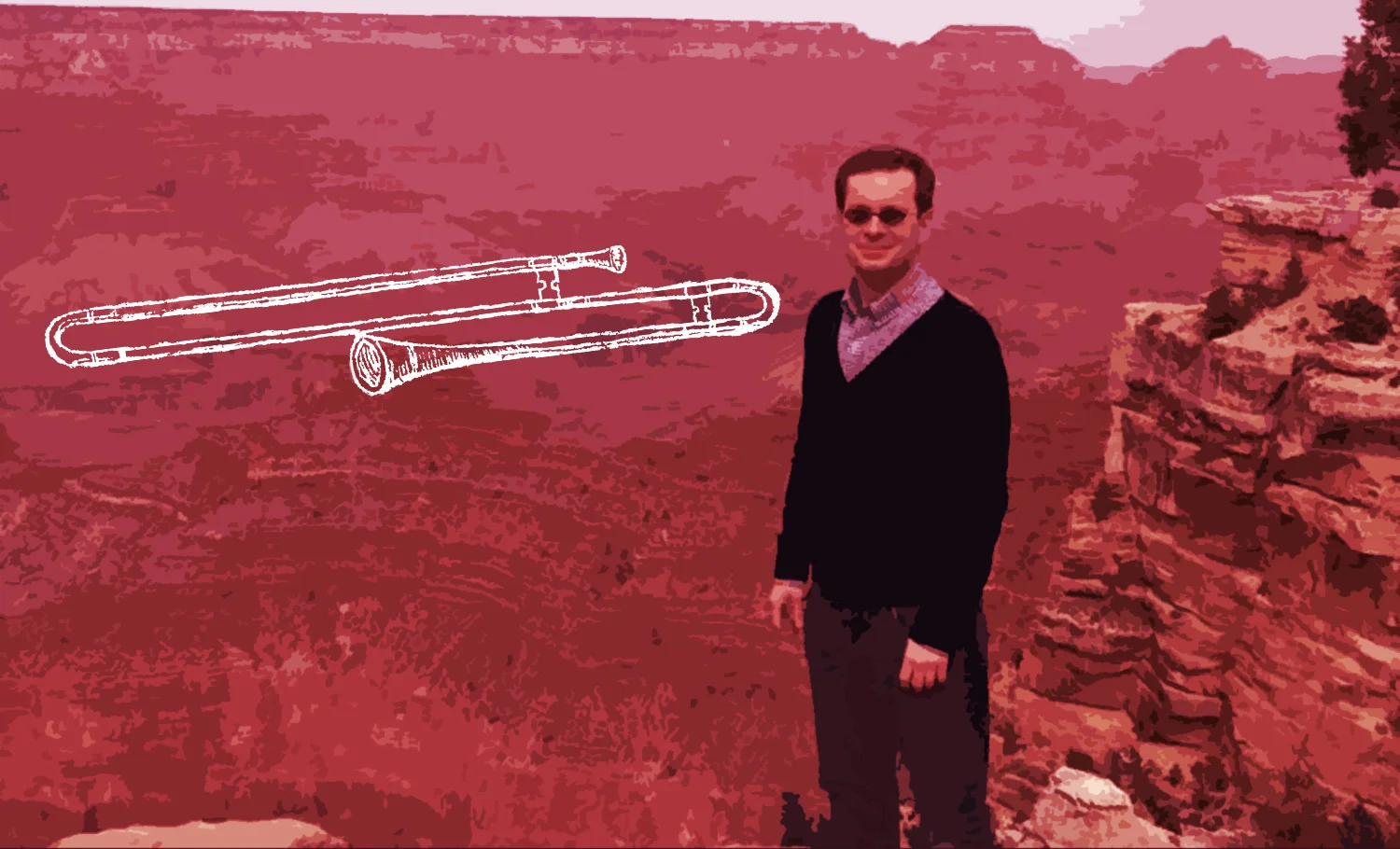Hey! When you're done reading this blog post, head to
to find out more and purchase tickets!
It kind of looks like a cello.
It sits upright like one.
But... look a little closer and you’ll see the viola da gamba (Italian for "leg-viol") is a little different than the modern cello:
- more strings (most have 6 or 7)
- frets (and tuned kind of like a guitar)
- a pear shape
And! If you watch a gambist play, you'd notice that they hold the bow underhand, as opposed to cellists who play overhand.
Viola da gamba (left); modern cello (right)
Gambist plays using underhand technique (Honthorst)
Despite looking so similar, it's in many ways more closely related to the lute or guitar. Hey, it may even be the original “bowed guitar."
Sorry, Jimmy Page.
Anna Steinhoff plays her viola da gamba like a boss.
Just like the violin, the viol (or viola da gamba) was originally conceived as a family of instruments with soprano, alto, tenor, and bass. Anna, our gambist, will be using the bass version for Chicago Stories.
From Michael Praetorius' Syntagma Musicum
With any bowed string instrument, the right hand and bow are a key part to producing the tone, whether it be in the spectrum of lovely, “particulare” (special effect), or anything in between.
Using an underhand bow hold, a gambist thinks of bow strokes in a more “push-pull” fashion as opposed to the cello or violin approach, which is like a “down-up” kind of motion.
This is important for a variety of reasons:
- The “push-pull” strokes are great for swelling and tapering notes, and for creating a lovely tone on the string. This is especially great in music with a whole group of viols, also called consort music. By contrast, it can’t produce the extremely short off the string sounds that an overhand cello bow hold can make.
- The bow excels at smooth sounds, but not so much super long, sustained sounds. When writing for the gamba, composers have to be sure not to write really long notes. Gambas also don't do well with excessive notes strung together in one smooth sound (also known as a slur). You know when you sing a long line and run out of air? It's kind of like that.
- The gamba can do a couple other cool things like the cello. First, by playing near the bridge of the gamba, it can produce a really neat effect, called ponticello, which sounds nasally and biting. Second, instead of playing just one single note at a time, they can easily roll chords in a variety of ways to produce multiple pitches and create harmony all on their own.
Check out this example of the Concordia Viol Consort performing Lachrimae Antiquae and the Early of Essex Galliard by John Dowland.
A close relative of the bass viol, the lyra viol has almost 60 different tunings!
Other cool things the gamba can do:
- strum chords like a guitar
- cool scratching and “circle” bow sounds
- a deep resonant pizzicato (plucking the string)
- a variety of ways to tune the strings
Picture of frets from premierguitar.com
So, what is the deal with the frets?
If you’ve ever seen or played a guitar, you probably noticed it has these things called frets. These mark all the notes on the fingerboard, and help the guitarist find the right ones. Eliminating the guess work is a great thing! On a guitar, a player can technically place their fingers anywhere between two frets and get the same pitch (though there is a kind of best practice of finger placement on the guitar...but that's another blog!). On a gamba, it doesn’t exactly work that way. The gambist still has to place the finger exactly on the mark. There is an advantage to this besides just having good intonation: the finger-on-fret combo helps all the notes have a pure and open sound as if the player was playing an open string with no fingers down. This purity of tone to all the pitches is really what sets it apart from other bowed string instruments.
Anna's Recommendations
Check out the world famous Savall family playing Recercada primera sobre el passamezzo antiguo by Diego Ortiz for all the lush melodies and spike-y fun rhythms gamba music from centuries ago has to offer. And from the 21st century? French musician Colleen is helping expand the use of the gamba in the 21st century. Pretty cool - though we'll stick to the acoustic version for this program. ;)
CHICAGO STORIES BLOG
Join BBE Artistic Director, Brandi Berry, as she explores the instruments, people, and stories being the project through our blog series!

















